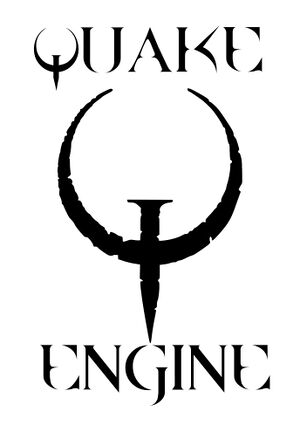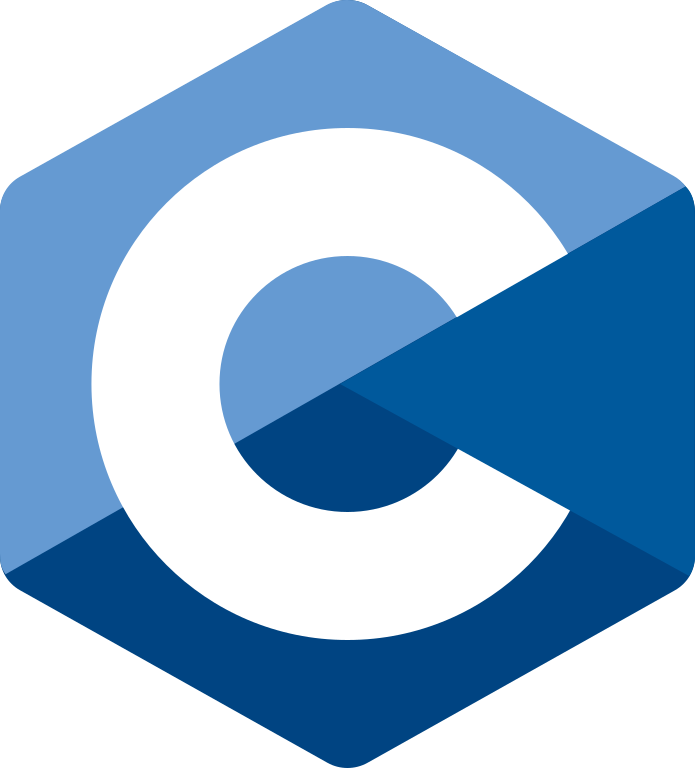Here's the engine behind the gaming magic: We are looking into the world of C game engines, where code meets creativity to redefine gaming experiences.
More...
The significance of C game engines in shaping unforgettable gaming experiences cannot be overstated. These powerful engines serve as the bedrock for video game creation, granting developers the tools and functionality they need to realize and exceed their creative vision.
Throughout this article, we will be exploring the transformative role of C game engines in the contemporary gaming industry.
Key Takeaways
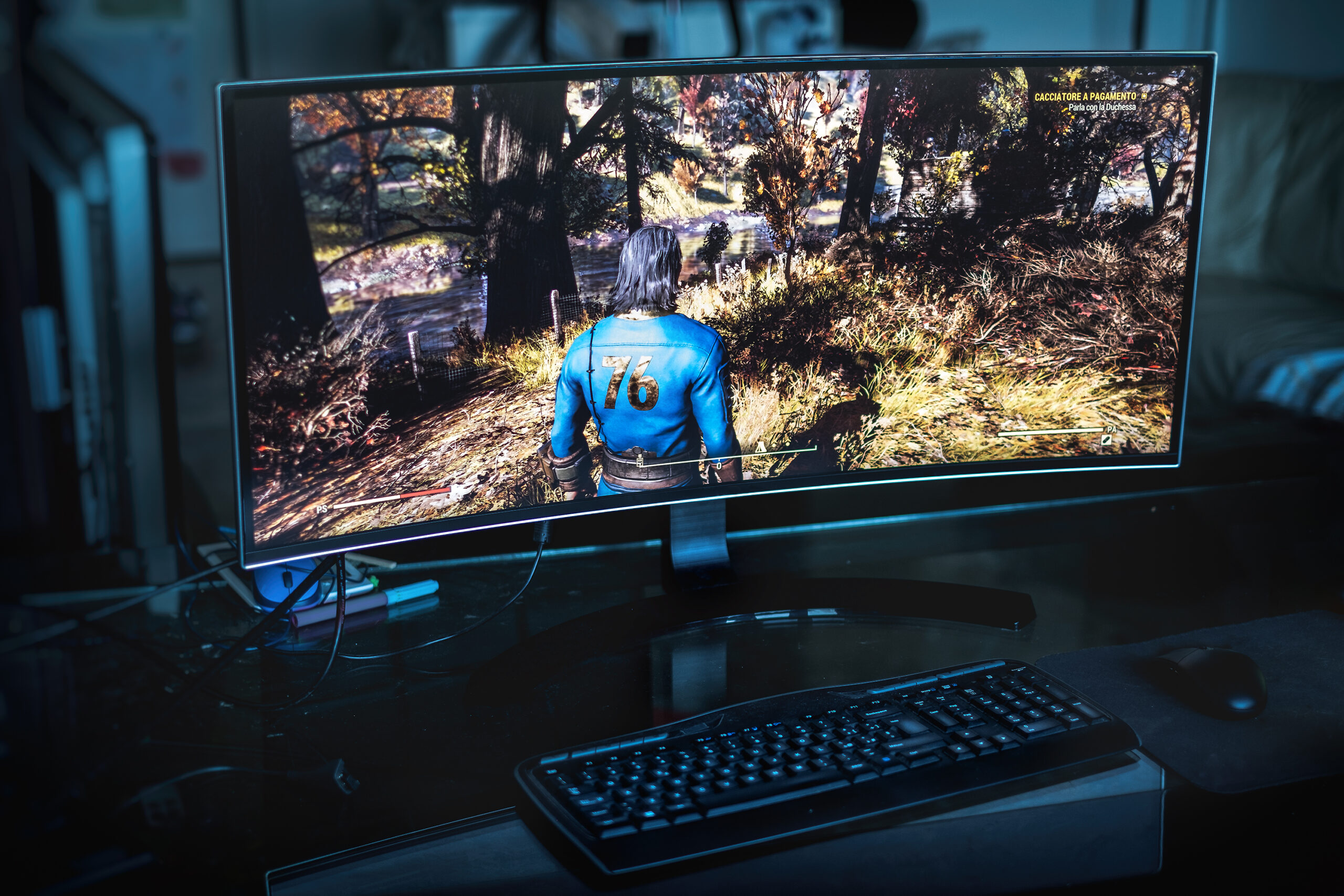
Understanding C Game Engines
In this section, we will explore the world of C language game development by unpacking the game engine basics and illustrating the power of C programming in games. Game engines are the heart and soul of any game development process, providing a comprehensive framework to create and manage games across various platforms. They include essential components that streamline the development process, such as rendering engines, physics engines, and artificial intelligence.
With C programming in games, developers can take advantage of the efficiency, performance, and fine-grained control over hardware that comes with this versatile programming language. C has been involved in the creation of numerous genre-defining titles over the decades, proving its staying power in a competitive market.
Have a look at the core components and functionality of C game engines:
- 1Rendering Engine: Responsible for displaying graphics and creating realistic visuals for gamers to immerse themselves in.
- 2Physics Engine: Handles the simulation of physical interactions between game objects, such as collisions and movement.
- 3Animation System: Ensures the smooth motion of characters and objects within the game world.
- 4Audio Engine: Manages the playback of sound effects, music, and ambient audio to enhance the gaming experience.
- 5Artificial Intelligence: Drives the behavior and decision-making processes of non-player characters (NPCs) within the game world.
- 6Scripting: Allows developers to create custom game mechanics and interactions using a dedicated scripting language.
- 7Input and Event Handling: Deals with player input, such as keystrokes and other device inputs, enabling players to interact with the game world.
Now, let's examine some of the notable advantages of using C programming in game engines:
Advantage | Description |
|---|---|
Performance | C language is known for its high-performance abilities, making it an ideal choice for building game engines that require real-time processing and execution. |
Hardware Control | Thanks to its low-level capabilities, C offers fine-grained control over hardware resources - crucial for handling intensive tasks like graphics and physics simulations. |
Portability | C enables developers to create cross-platform games, as the language can be easily compiled and adapted across various platforms and operating systems. |
Legacy Support | Given its longevity in the industry, many existing game engines and libraries have been built using C. Developers can leverage these resources and build upon a strong foundation. |
Armed with a solid understanding of C game engines and their importance in the gaming industry, developers can unleash their game's full potential while delivering immersive and high-performing gaming experiences.
The Evolution of C Game Engines in Gaming
Tracing the historical timeline, we have witnessed significant milestones in the evolution of C game engines, from their inception to the present day. This retrospective showcases the advancements that have made these engines more sophisticated, efficient, and accessible, underscoring how they have sustained their relevance amidst changing technology trends in the gaming sector. By looking at major game titles and their impact on driving technological innovation within the world of C game engines, we can better appreciate how these game development milestones have shaped the industry.
Years | Game Engine | Memory Usage (MB) |
|---|---|---|
1996 | Introduction of 3D acceleration and real-time 3D rendering | |
2001 | Improved rendering system with support for hardware shaders | |
2004 | Integration of advanced physics simulations and per-pixel dynamic lighting | |
2008 | Cross-platform development capabilities and user-friendly interface |
Over the years, C game engines have undergone significant advancements, brought about by major game development milestones. Some of these major innovations included the introduction of 3D acceleration and real-time 3D rendering by the Quake engine, improved rendering systems supporting hardware shaders in Unreal Engine 2, the integration of advanced physics simulations and per-pixel dynamic lighting in the Source Engine, and cross-platform development capabilities with a user-friendly interface found in the Unity Engine.
In addition to the improvements in rendering, physics, and accessibility, the world of C game engines has also seen growth in the area of community-driven development. With the rise of open-source projects and collaborative platforms, developers from around the world have been able to contribute to the improvement and expansion of these engines.
- 1Enhancements in rendering techniques and support for higher-resolution graphics
- 2Developments in artificial intelligence and pathfinding algorithms
- 3Improvements in the implementation of physics and environment simulations
- 4New approaches to user input and control schemes
- 5Expansions in sound design and audio processing
These advancements in C game engines – new rendering techniques, artificial intelligence improvements, physics simulations, and more – have enabled game developers to create increasingly immersive and engaging gaming experiences for players across the globe. With the continued progress in C engine technology and a strong history of past game development milestones, the future of C game engines promises to be filled with further innovation, pushing the boundaries of what's possible in the world of gaming.
Top C Game Engines for Developers
In this section, we will discuss some of the leading C game engines available to developers today. These engines provide a range of powerful features and extensive development capabilities that enable developers to create immersive, interactive gaming experiences. We will also explore the factors that should be considered when selecting the best C game engine for your project, ensuring you align your engine choice with your game's project requirements.
Features and Capabilities
Several C game engines have gained prominence for their advanced features and robust development capabilities. Here is an overview of the main engines:
In addition to the engines mentioned above, other C game engines such as CryEngine and Lumberyard also offer developers a variety of powerful features and capabilities to build engaging games.
Selecting the Right Engine for Your Project
When choosing a C game engine for your project, it is important to consider factors such as scalability, platform support, ease of use, and the genre of your game. To help make your decision, we have compiled a table comparing some key attributes of the top C game engines:
Game Engine | Scalability | Platform Support | Ease of Use | Best Suited for Genre |
|---|---|---|---|---|
Unity | Excellent | Wide range of platforms | Fairly intuitive, large community | Mobile, PC, Console, VR/AR |
Unreal Engine | Excellent | Wide range of platforms | Steep learning curve, quality documentation | High-end PC, Console, AAA titles |
Good | Multiple platforms | Easy to learn, open-source | Indie, 2D, and 3D games |
Advantages of Using C over Other Programming Languages
Selecting the right programming language is a critical decision. While several languages are popular in the industry, C stands out for its efficiency and performance. In this section, we'll discuss the benefits of C in gaming and compare it to other languages to demonstrate its superiority in many aspects.
- 1Execution Speed: When it comes to gaming, optimal performance is crucial. C's execution speed constitutes one of its prime advantages – its compiled nature ensures a direct translation of code into machine-readable format, resulting in faster execution times.
- 2Control over Hardware: The low-level nature of C language allows developers to have unparalleled control over hardware resources, such as memory allocation and CPU usage. This degree of precision is critical in creating high-performance games that can leverage the full potential of the available hardware.
- 3Cross-Platform Support: C is highly portable, enabling developers to create games that can seamlessly run on various platforms, from consoles and PCs to mobile devices. This cross-platform support simplifies the development process and expands the potential audience for a game.
- 4Established Ecosystem: As one of the oldest programming languages, C boasts an extensive ecosystem of libraries, frameworks, tools, and developers. This backdrop provides game developers with a wealth of resources and a supportive community to help ensure success.
Now let's consider how C compares to other popular programming languages in gaming by examining their relative pros and cons.
Language | Game Engine | Memory Usage (MB) |
|---|---|---|
High execution speed, control over hardware, cross-platform support, established ecosystem | Steep learning curve, manual memory management, requires more lines of code | |
C++ 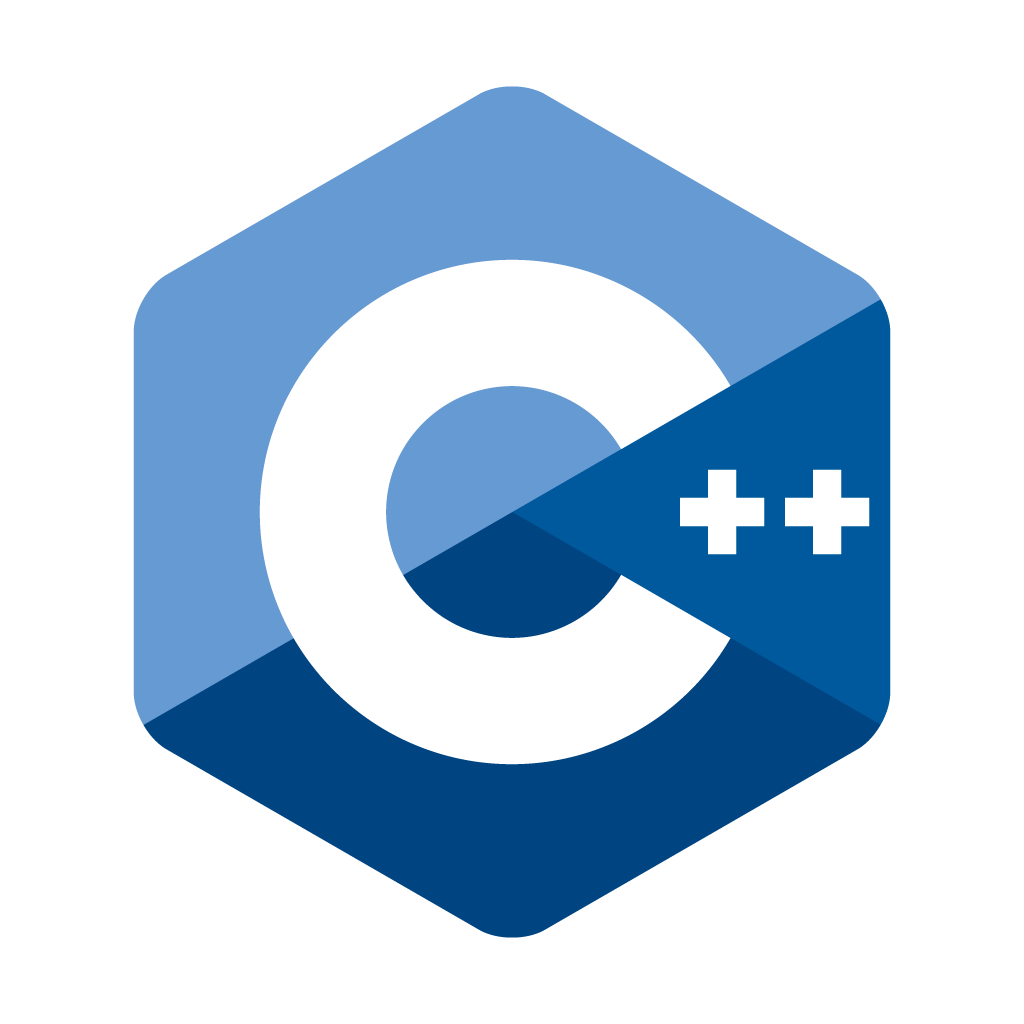 | Object-oriented features, wide industry adoption, rich standard library, similar performance to C | Complex syntax, steep learning curve, manual memory management |
Platform independence, object-oriented features, built-in garbage collection | Lower performance compared to C and C++, less suitable for hardware-intensive games | |
Simple syntax, multi-paradigm, extensive library support | Lower performance compared to C and C++, less suitable for AAA games |
Integrating Advanced Graphics with C Engines
Compelling visual effects, realistic environments, and dynamic lighting play a crucial role in creating immersive experiences for players. C game engines facilitate the integration of such advanced graphics, enabling developers to stay competitive in an ever-evolving industry. In this section, we will delve into the world of 3D rendering techniques, showcasing how developers can harness the power of C to implement cutting-edge visual features in their games.
3D Rendering Techniques
3D rendering is the process of translating 3D scene data into 2D images or frames that can be displayed on screen. This is achieved through various techniques that involve utilizing complex mathematical algorithms and hardware acceleration. Some of these techniques include:
The table below illustrates some popular C game engines that are known for their graphics prowess:
Game Engine | Notable Features | Examples of Games |
|---|---|---|
Unreal Engine | High execution speed, control over hardware, cross-platform support, established ecosystem | Steep learning curve, manual memory management, requires more lines of code |
Object-oriented features, wide industry adoption, rich standard library, similar performance to C | Complex syntax, steep learning curve, manual memory management | |
Platform independence, object-oriented features, built-in garbage collection | Lower performance compared to C and C++, less suitable for hardware-intensive games | |
Unity | Simple syntax, multi-paradigm, extensive library support | Lower performance compared to C and C++, less suitable for AAA games |
While implementing advanced graphics can be demanding both in terms of development skill and hardware performance, it remains a critical aspect of modern game development. When harnessing C engine capabilities and their support for 3D game rendering, developers can elevate their games to new heights, enchanting players with the highest levels of visual fidelity and immersion.
Physics and Realism in C-Powered Games
In this section, we will explore the significant role C game engines play in simulating realistic physics within games. Looking at the technology behind physical simulations, collision detection, and material properties, we strive to understand how these elements come together to create believable and immersive worlds that react to player interaction in a logical and consistent manner.
Modern game developers have come to rely on state-of-the-art game physics engines, powered by the versatile C programming language, to bring enhanced realism to their creations. When leveraging these powerful tools, game creators can provide players with immersive and engaging experiences that keep them coming back for more.
Game Physics Engines
Game physics engines form the backbone of realistic in-game physics, offering a framework that simulates the behavior and interactions of physical objects within the game world. These engines use complex algorithms and mathematical models to create realistic motion, collisions, and reactions between different game objects.
Some popular game physics engines that use C include the following:
Realism in Games through C Physics Simulation
Realism in games hinges on the coherent and consistent simulation of real-world phenomena, made possible by powerful physics engines. With the help of C-powered physics engines, developers have the freedom to create an authentic gaming experience that closely mimics how objects would behave in reality. The flexibility and precision of C programming greatly enhance the overall capabilities of physics engines.
Key Components of a Physics Engine
Let's take a closer look at some fundamental components of a physics engine that work in concert to provide realism in games:
- 1Rigid Body Dynamics: This component deals with the simulation of non-deformable, solid objects and how they interact with each other. Classical mechanics principles from physics, such as Newton's laws of motion, form the basis for these simulations.
- 2Collision Detection: As the name suggests, collision detection allows the engine to accurately identify when two or more objects collide within the game world. This involves complex calculations and geometric approximations, as well as determining the point and timing of impact.
- 3Soft-Body Physics: Unlike rigid-body dynamics, soft-body physics simulates objects that can deform, bend, and stretch, such as cloth, liquids, or character models. This feature creates a high degree of realism in games with various materials and surfaces.
- 4Force and Constraint Solvers: These solvers are responsible for calculating the forces and constraints acting upon objects in the game, such as gravity, friction, and any user-generated forces. They serve to create realistic and consistent motion across different objects and situations.
Designing Multiplayer Experiences with C Game Engines
Creating multiplayer experiences has become a crucial component for many successful titles. Incorporating online play and real-time interactions between players brings new layers of depth and enjoyment to games. With the capabilities of C game engines, developers can meet these demands and build engaging, high-performance multiplayer experiences.
We'll explore the key elements of multiplayer game development, such as networking infrastructure within game engines, data synchronization, player matchmaking, and the challenges involved in designing seamless multiplayer environments.
Networking Infrastructure in C Game Engines
At the core of any multiplayer game is the networking infrastructure, which manages the communication and exchange of data between game clients and servers. C game engines come equipped with tools and libraries that make building this infrastructure more efficient and effective. These tools handle tasks such as:
Developers using C game engines can utilize built-in networking tools or integrate third-party libraries that offer additional functionality to build more advanced networking systems tailored to their games.
Data Synchronization and Player Matchmaking
One of the critical aspects of multiplayer experiences is ensuring players are interacting seamlessly within the game world. To achieve this, C game engines aid in the synchronization of game data, minimizing latency during gameplay. These engines handle:
Another integral component of multiplayer games is player matchmaking. This process connects players in a fair and balanced manner, providing an enjoyable gaming experience. C game engines accommodate matchmaking functionality, which includes:
Challenges in Creating Seamless Multiplayer Environments
While C game engines provide the tools and libraries necessary to create multiplayer experiences, developers still face several challenges. Some of these challenges include:
Challenge | JavaScript Disadvantages |
|---|---|
Scalability | Ensuring the game can handle a variable number of concurrent players without a significant drop in performance. |
Security | Protecting the game and its players from hacking, cheating, and other malicious activities that can disrupt the gaming experience. |
Bandwidth Optimization | Minimizing the amount of data transmitted between clients and servers, reducing latency, and managing network traffic effectively. |
Server Management | Maintaining server hardware and software, ensuring uptime and addressing issues such as updates, security, and resource allocation. |
Despite these challenges, C game engines provide a solid foundation for developers to build upon when crafting multiplayer experiences.
Optimization Strategies for C Game Development
In this section, we will discuss crucial optimization techniques for C game development to ensure smooth performance. Effective memory management and performance tuning strategies are vital for enhancing the overall game experience, especially when working with C game engines.
Memory Management Tips
Efficient memory management is critical in maintaining a game's performance. Here are some essential tips for memory management in C game development:
- 1Eliminate memory leaks: Ensure that every dynamically allocated memory block has a corresponding deallocation at the appropriate point in the code to prevent memory leaks.
- 2Use pointers effectively: Be mindful when using pointers as they can lead to memory leaks and security vulnerabilities. Apply proper initialization, deallocation, and error handling to avoid these issues.
- 3Optimize dynamic memory allocation: Managing dynamic memory allocation also plays a significant role in improving game performance. Consider using custom memory allocation functions or object pools to optimize memory usage, especially for frequently created and destroyed objects.
- 4Cache-friendly data structures: Use data structures that are cache-friendly for better memory access optimization, such as arrays or array-based structures.
- 1Eliminate memory leaks: Ensure that every dynamically allocated memory block has a corresponding deallocation at the appropriate point in the code to prevent memory leaks.
- 2Use pointers effectively: Be mindful when using pointers as they can lead to memory leaks and security vulnerabilities. Apply proper initialization, deallocation, and error handling to avoid these issues.
- 3Optimize dynamic memory allocation: Managing dynamic memory allocation also plays a significant role in improving game performance. Consider using custom memory allocation functions or object pools to optimize memory usage, especially for frequently created and destroyed objects.
- 4Cache-friendly data structures: Use data structures that are cache-friendly for better memory access optimization, such as arrays or array-based structures.
Performance Tuning for Game Engines
Beyond memory management, several tactics can be employed to enhance the performance of C game engines:
- 1Identify bottlenecks: Locate performance issues within your code by profiling and monitoring your game. This can help pinpoint areas that need optimization and improve overall performance.
- 2Utilize profiling tools: Make use of profiling tools, such as Valgrind or OProfile, for performance analysis and optimization to quickly identify bottlenecks and potential performance improvements.
- 3Optimize for hardware: Ensure your game takes full advantage of the target platform's hardware capabilities by optimizing for parallelism, using efficient algorithms, and leveraging hardware-accelerated APIs.
- 4Optimize rendering: Optimize the rendering process by minimizing draw calls, reducing overdraw, and implementing proper level-of-detail (LOD) techniques.
Cross-Platform Development with C Engines
One of the main goals for developers is creating cross-platform games that can run seamlessly on various devices and operating systems. C engine portability plays a crucial role in enabling multiplatform game development. In this section, we will discuss the benefits and challenges associated with cross-platform development using C engines and explore the best practices to ensure consistency and performance across different hardware and operating systems.
One of the key advantages of using C engines in multiplatform game development is their inherent portability. The C language's cross-platform nature allows developers to write code once and compile it on different platforms with minimal modification.
However, cross-platform development with C engines also presents unique challenges that developers must address to deliver a consistent gaming experience across devices. Below, we outline some considerations and best practices in tackling these challenges.
Understanding Platform-Specific Limitations
Developers need to be aware of the limitations and constraints of each platform they target. These limitations can pertain to hardware capabilities, input systems, screen resolutions, and device-specific features. It’s crucial to adapt your game design to cater to each platform's strengths and weaknesses without compromising the core gameplay experience.
Managing Platform-Specific Code
While the C language allows for portability, there will be instances where platform-specific code is necessary to optimize performance and take advantage of device-specific features. Managing this code can become cumbersome, especially when targeting multiple platforms. Using proper code organization techniques, such as modular design, conditional compilation directives, and accessible libraries, will help streamline the development process and maintain code clarity.
Performance and Resource Optimization
Different platforms have varying levels of processing power, memory capacity, and graphical capabilities. Efficient resource management and performance optimization are essential for ensuring your game runs smoothly and without hiccups on all targeted platforms. Employ techniques such as texture compression, efficient use of data structures, level of detail adjustments, and dynamic loading to balance resource consumption and performance.
Testing and Quality Assurance
Thorough testing on each platform is crucial to ensure a consistent quality experience. Developers should conduct regular quality assurance checks, including performance tests, feature tests, and user experience evaluations, on every targeted platform. Responsive feedback loops and bug-tracking systems will aid in identifying and addressing inconsistencies and compatibility issues.
Choosing a Versatile Game Engine
Selecting a game engine with extensive support for multiple platforms is a wise decision in cross-platform development. Engines such as Unity and Unreal Engine have built-in features, tools, and asset pipelines that facilitate efficient multiplatform game development and reduce the time and effort needed to port your game to different devices.
Community and Support Around C Game Engines
The game development community plays a significant role in driving the success and innovation of C game engines. As they're fostering collaboration and sharing expertise, these communities offer invaluable support for developers working with C game engines. In this section, we'll explore the various resources and opportunities accessible to developers, helping them stay informed and connected throughout their game development journey.
Documentation and Tutorials
Comprehensive documentation and tutorials serve as essential building blocks for developers starting their work with a new C game engine. These resources enable developers to dig into the engine's features, understand its workflow, and troubleshoot any challenges they may encounter. Many C game engines provide thorough documentation, guides, and example projects, allowing developers to learn at their own pace and apply the knowledge to their unique projects.
Forums and Channels
Forums and communication channels play a pivotal role in creating a dialogue within the C engine community. These online spaces encourage knowledge-sharing, problem-solving, and networking among developers, fostering collaboration and camaraderie. Dedicated forums and channels for specific C engines also facilitate discussions about the engine's custom features, updates, and best practices, enabling developers to derive the maximum benefit from the engine.
- 1Stack Overflow: Also offers a wealth of developer-generated questions and answers on general C language topics and engine-specific issues, helping developers quickly address their queries.
- 2GitHub: Providing access to open-source libraries and repositories, developers can study, resize, and use pre-built solutions while expanding their understanding of C engines and their implementation in games.
Webinars and Workshops
Various C engine developers and community members hold webinars and workshops to further educate and empower their users. These events allow developers to engage with experts in their field, gain insights, and network with their peers, ultimately strengthening their proficiency in using C game engines for their projects.
Collaborative Opportunities
Developers often collaborate on projects and share their progress within the game development community, thus, exposing themselves to new learning opportunities, feedback, and ideas. These collaborations can result in the creation of innovative and unique games, all while fostering the spirit of joint efforts within the game development industry.
Success Stories: Hit Games Built with C Game Engines
As we reach the conclusion of our exploration of C game engines, it is essential to take a moment to appreciate the impact of successful C engine games. With numerous popular C game titles developed over the years, these engines have proven their competitiveness and ability to produce industry-defining hits. Let's examine some game development case studies that showcase the powerful capabilities of C game engines in crafting unforgettable gaming experiences.
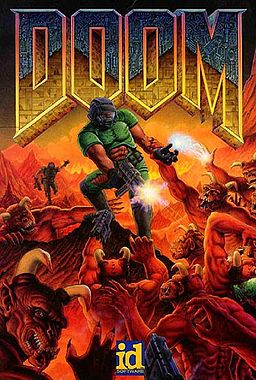
One prime example of a hit game built with a C game engine is "Doom" by id Software. When it debuted in 1993, "Doom" revolutionized the first-person shooter genre with its groundbreaking graphics and engaging gameplay. The id Tech engine, created using the C programming language, demonstrated the potential of C game engines in developing high-performance, immersive games.

Valve's "Half-Life" series also deserves mention when discussing successful C engine games. Developed using the GoldSrc engine, which itself is derived from id's Quake engine, "Half-Life" set new standards in interactive storytelling and world-building. The extensive modding community that emerged around the game and its engine is a testament to the flexibility and robustness of C-based game development frameworks.
These cases highlight just a few of the many accomplishments made possible by C game engines. As developers continue to leverage the power and versatility of the C programming language, we can look forward to even more remarkable achievements in the vibrant world of gaming.
